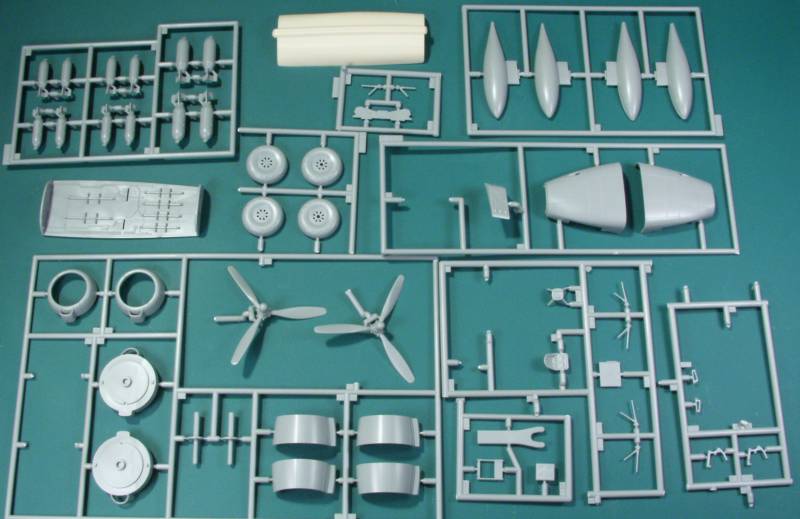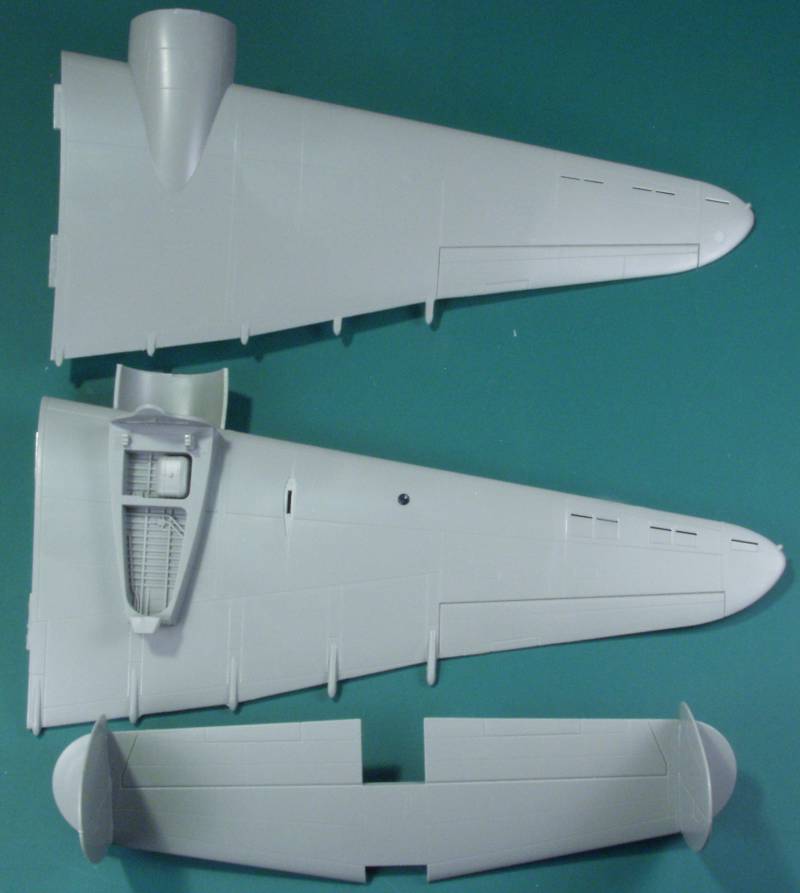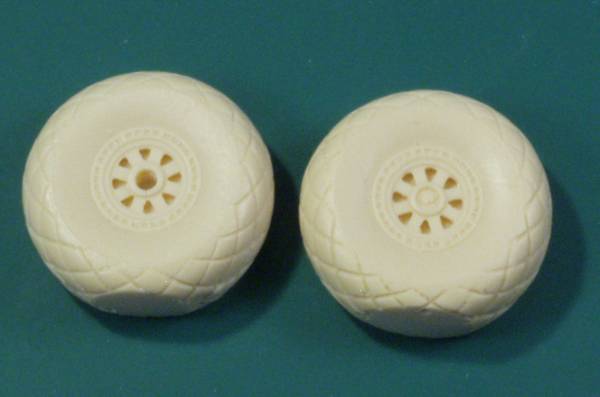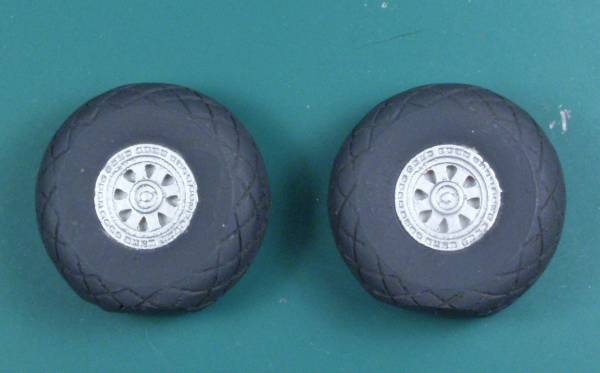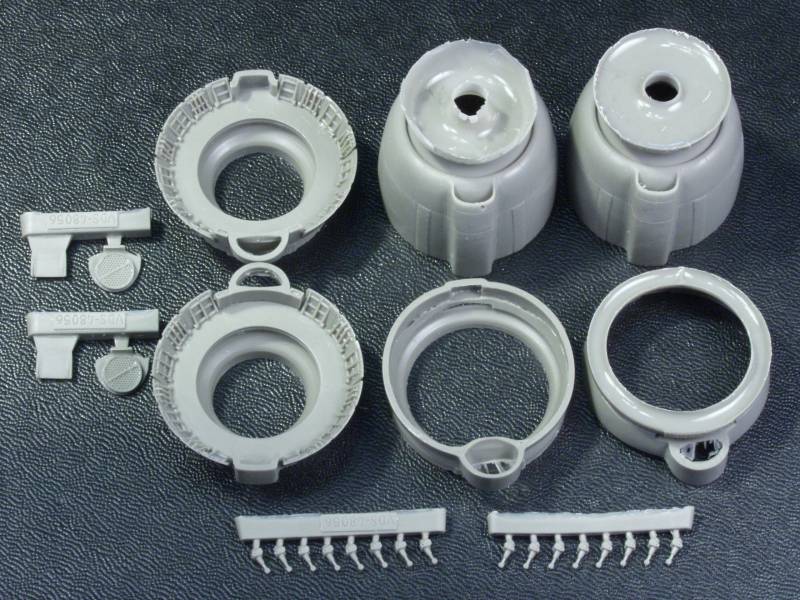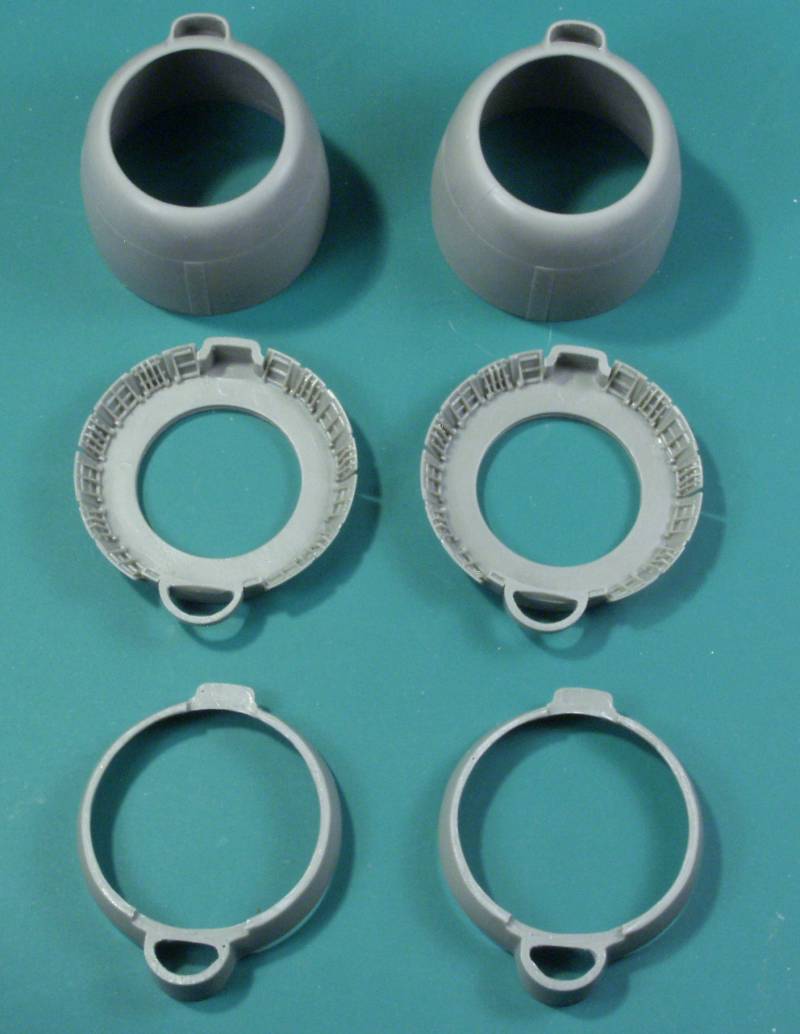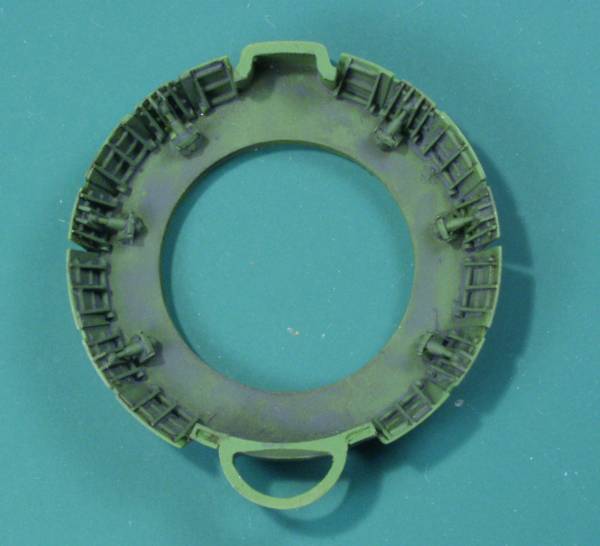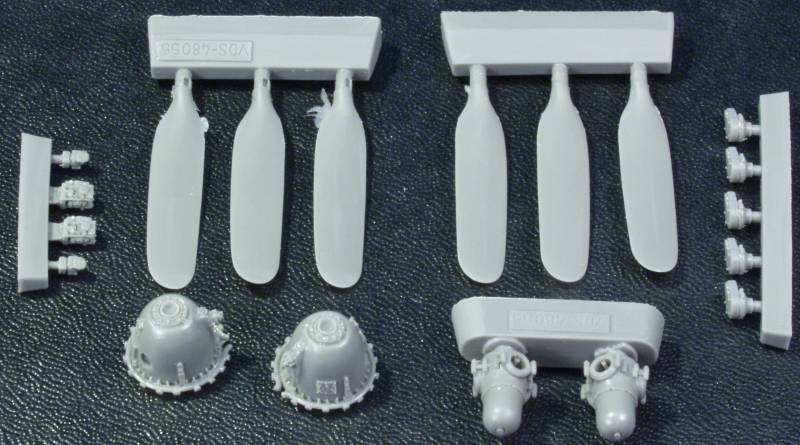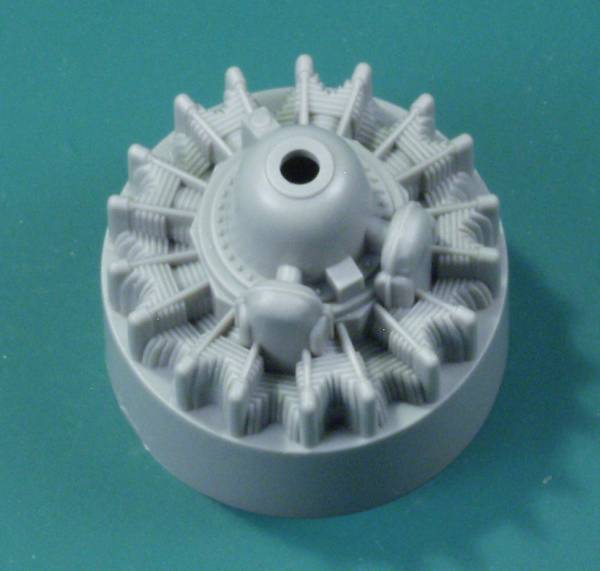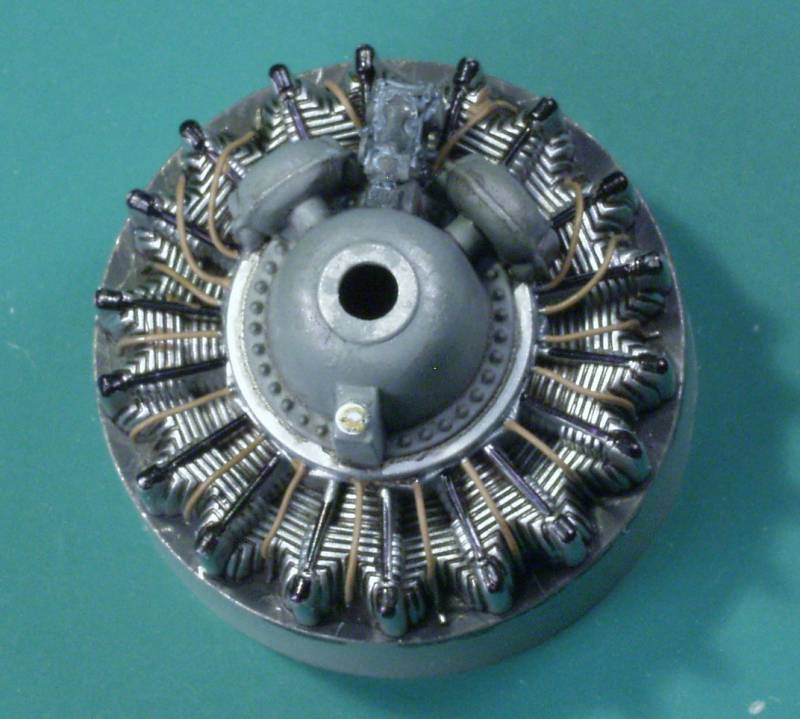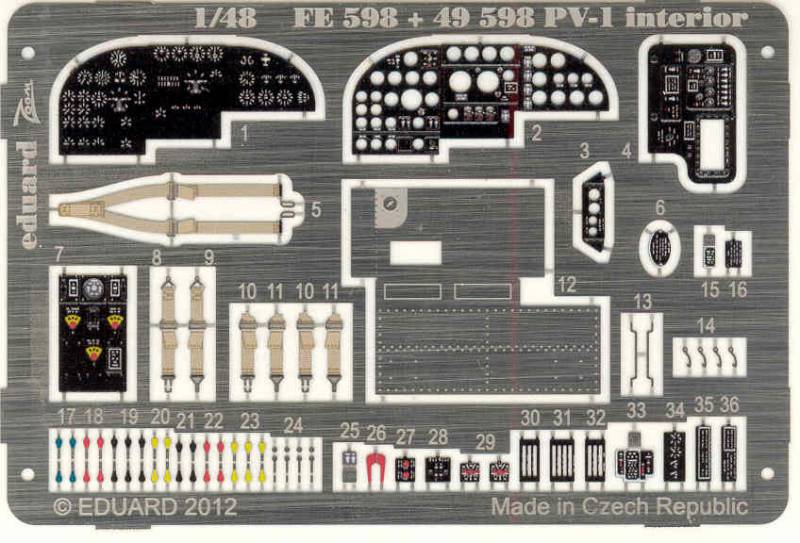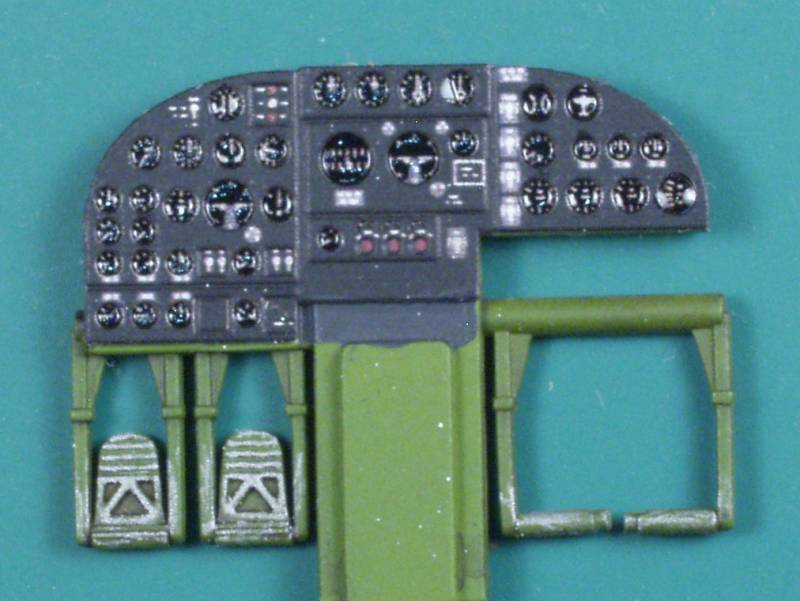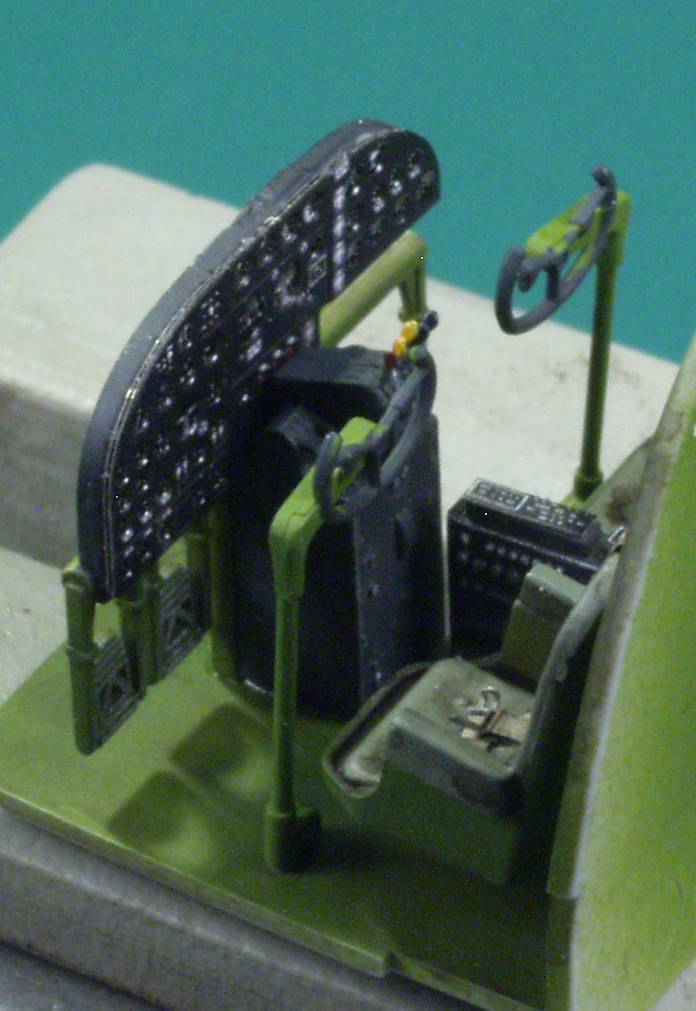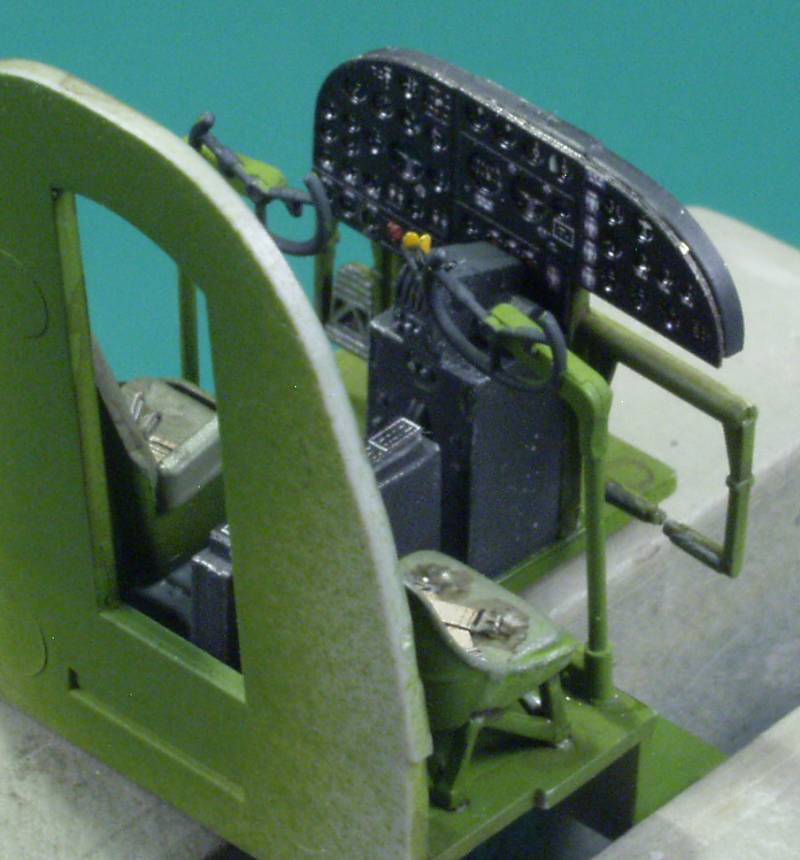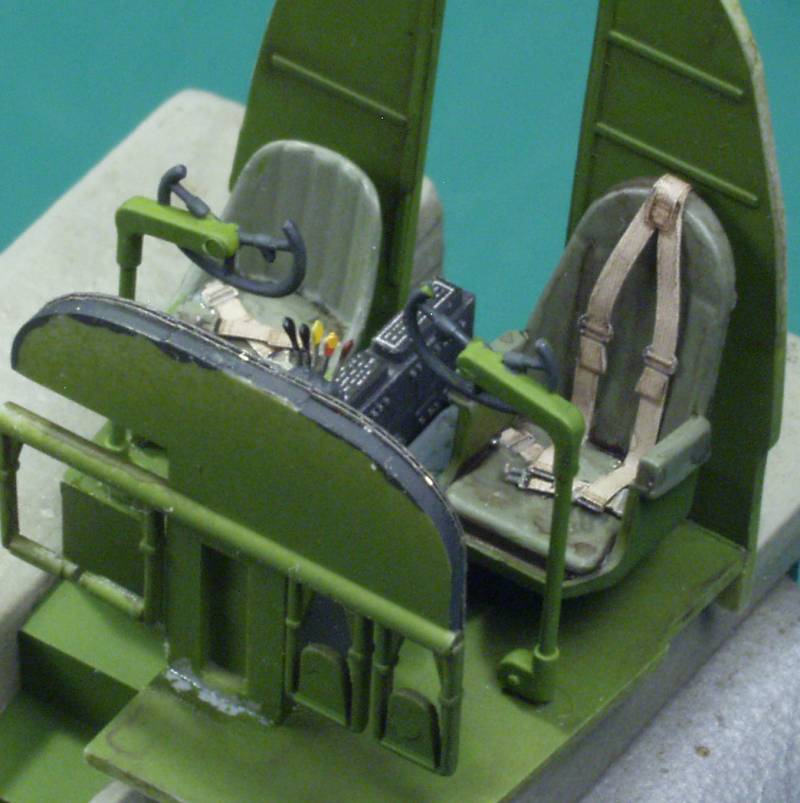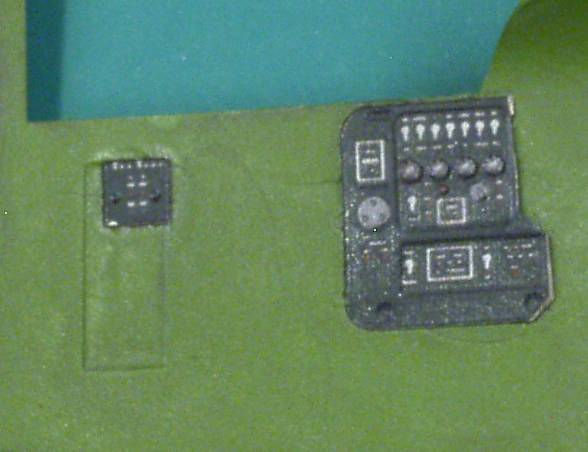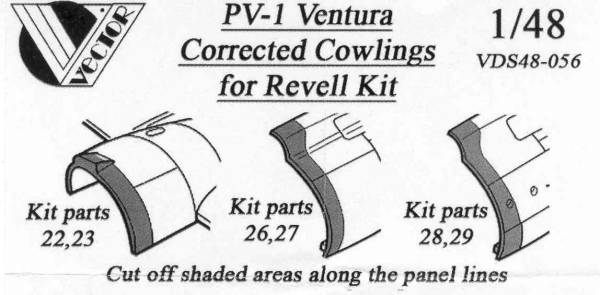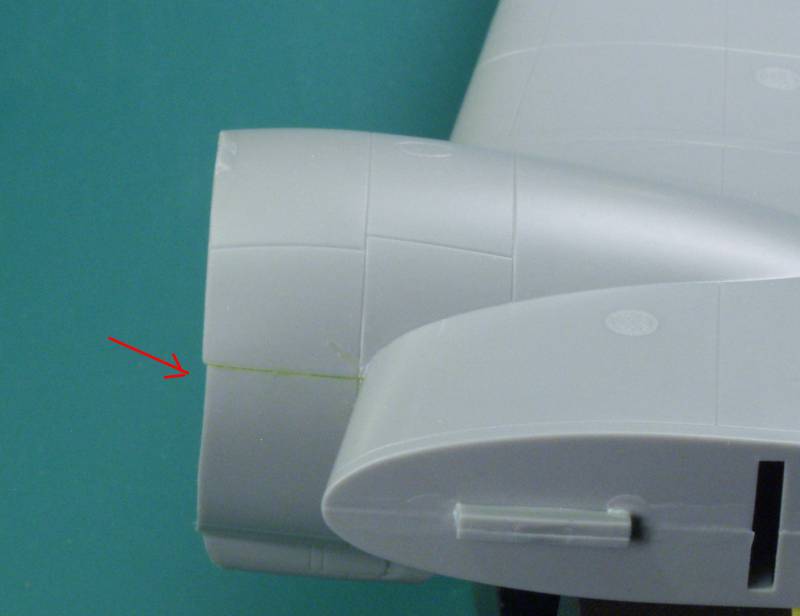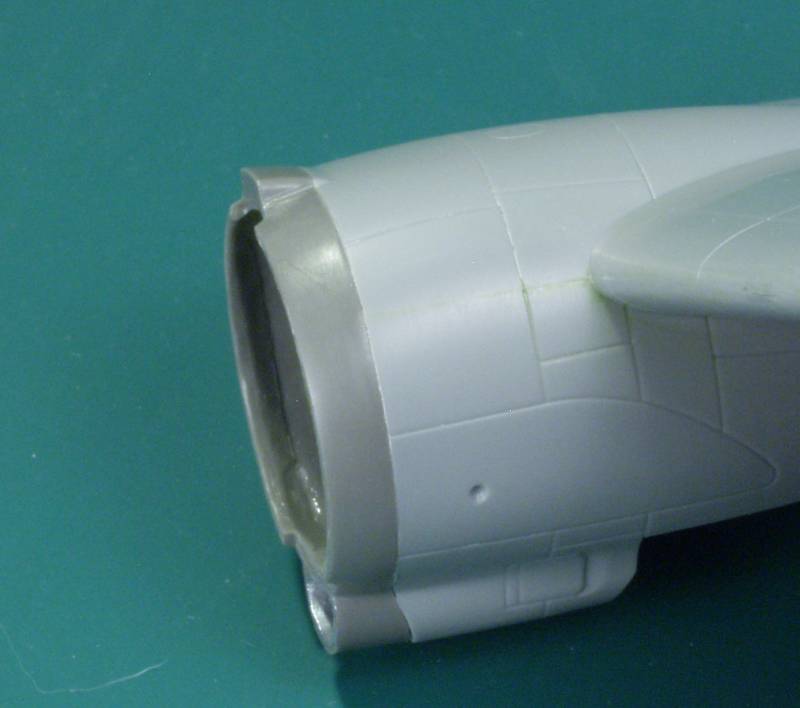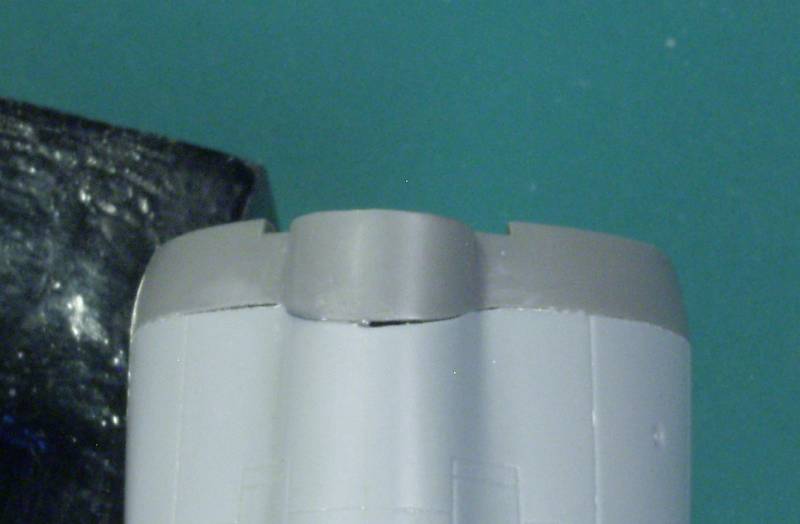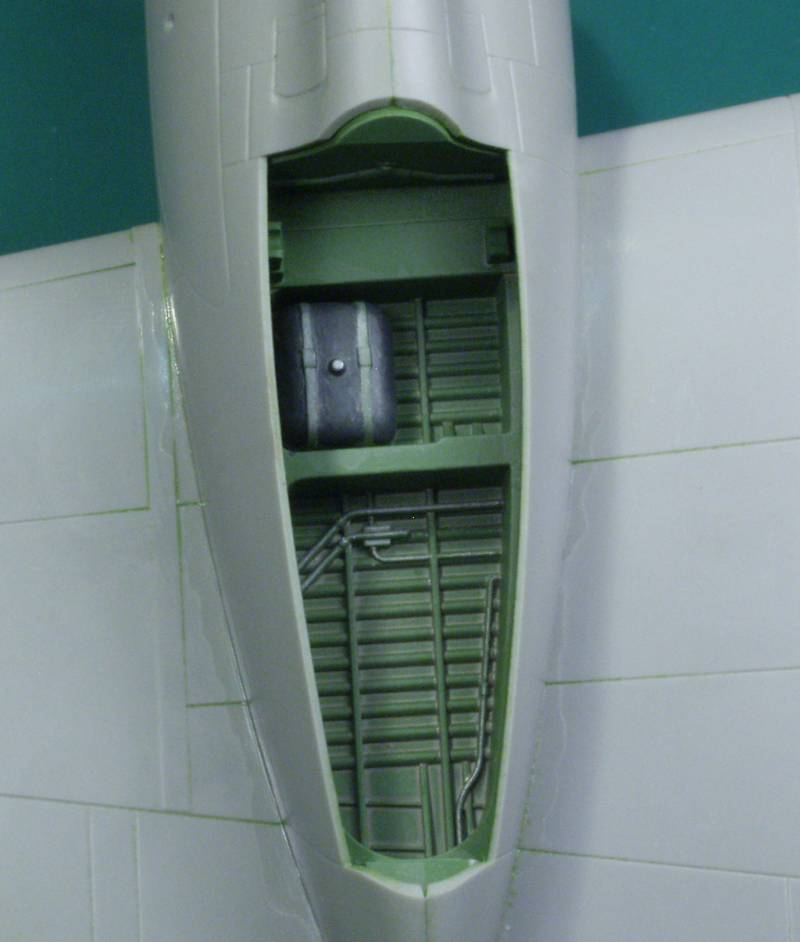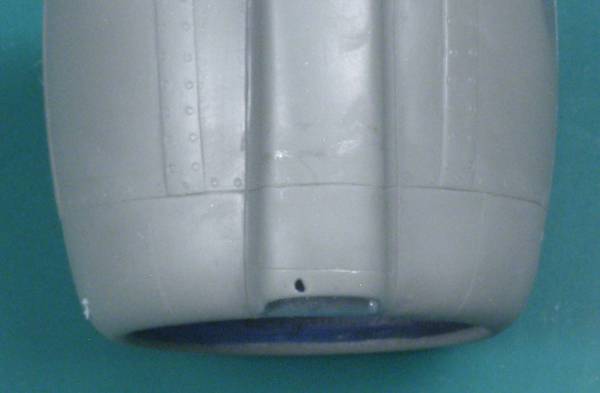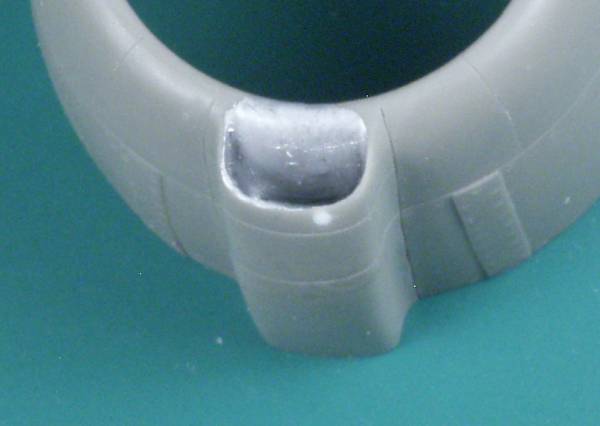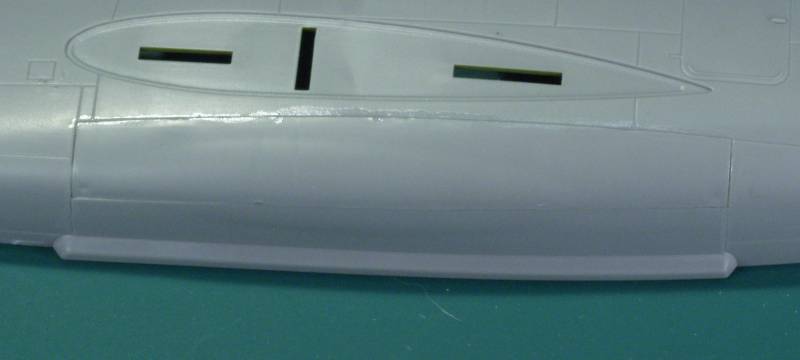Old Dog
Well-known member
Time to cut bait or plastic on this one. First the obligatory time stamp photos
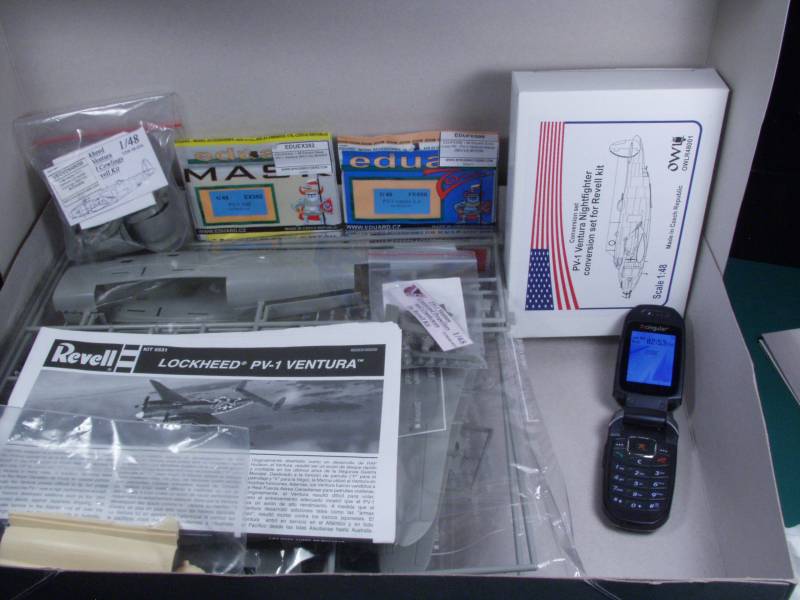
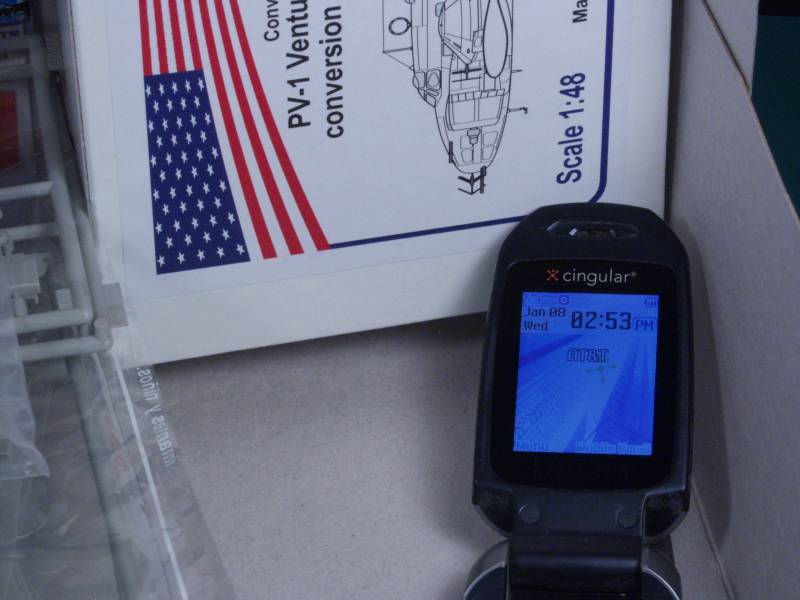
First a little about how the PV-1 became a night fighter...Well it seems that Marines decided they needed night fighters to protect newly won bases from night attack and to chase off or destroy nuisance attacks that kept troops from getting any rest at night. Unfortunately there wasn't much available. The Air Force was attempting to use the A-20 converted to the P-70 and the P-61 was still on the drawing boards and the likelihood of procuring any Beaufighters or Mosquitos from the British was slim to non existent. The Navy tried using radar in Corsairs and Hellcats but found that asking the pilot to be both pilot and radar operator was a bit too much multitasking. About the only multi-engined aircraft available was the PV-1. They installed in it the MK IV radar that the British were using and added four additional 50 caliber guns in the nose and reduced the crew to three, Pilot, radio / radar operator and turret gunner. While it took a while to get up to speed on all the new technology and methodology in the end they were way more successful with the PV-1 than the Air Force was with the P-70 finishing the war with 12 confirmed kills versus 2 for the P-70s.
For it's size the PV-1 was pretty good performer. During operations in the Aleutians it was found that down on the deck in the cold moist air and with throttles to the firewall it pretty much matched the the speed of the Japanese fighters then operation in the theater, making the closure rate slow enough that the top turret gunner had plenty of time to pick them off. Its major disadvantage as a night fighter was the ability to slow down quickly during intercepts and lack of performance above 20,000 feet. Here is probably the most seen photo of one in the night fighter configuration, it is an early model PV-1 that still had the forward windows in the nose which can be seen in the photo painted over. I thought at one time I had a color photo of the same aircraft from a different angle but I have yet to located it. There were some variations in how these were configured and of the few photos I've found not two seemed exactly the same. Lacking additional information I will probably go with the markings on the one in this photo as I have a color profile of it as well.
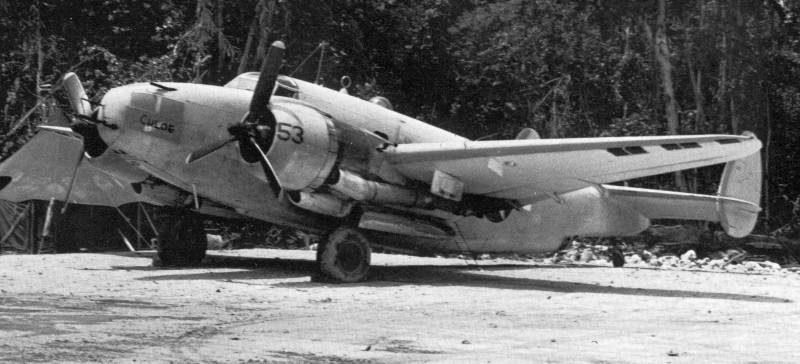
I'm still struggling to get the benched cleared of other projects as this one will use a lot of space but hope to get started in the next day or two...stay tuned !
As you can see in the time stamp photos I have a lot of goodies to add, some necessary, some because I'm lazy. I'm looking forward to this kit as most of what I have been doing the past couple of years is limited run kits


First a little about how the PV-1 became a night fighter...Well it seems that Marines decided they needed night fighters to protect newly won bases from night attack and to chase off or destroy nuisance attacks that kept troops from getting any rest at night. Unfortunately there wasn't much available. The Air Force was attempting to use the A-20 converted to the P-70 and the P-61 was still on the drawing boards and the likelihood of procuring any Beaufighters or Mosquitos from the British was slim to non existent. The Navy tried using radar in Corsairs and Hellcats but found that asking the pilot to be both pilot and radar operator was a bit too much multitasking. About the only multi-engined aircraft available was the PV-1. They installed in it the MK IV radar that the British were using and added four additional 50 caliber guns in the nose and reduced the crew to three, Pilot, radio / radar operator and turret gunner. While it took a while to get up to speed on all the new technology and methodology in the end they were way more successful with the PV-1 than the Air Force was with the P-70 finishing the war with 12 confirmed kills versus 2 for the P-70s.
For it's size the PV-1 was pretty good performer. During operations in the Aleutians it was found that down on the deck in the cold moist air and with throttles to the firewall it pretty much matched the the speed of the Japanese fighters then operation in the theater, making the closure rate slow enough that the top turret gunner had plenty of time to pick them off. Its major disadvantage as a night fighter was the ability to slow down quickly during intercepts and lack of performance above 20,000 feet. Here is probably the most seen photo of one in the night fighter configuration, it is an early model PV-1 that still had the forward windows in the nose which can be seen in the photo painted over. I thought at one time I had a color photo of the same aircraft from a different angle but I have yet to located it. There were some variations in how these were configured and of the few photos I've found not two seemed exactly the same. Lacking additional information I will probably go with the markings on the one in this photo as I have a color profile of it as well.

I'm still struggling to get the benched cleared of other projects as this one will use a lot of space but hope to get started in the next day or two...stay tuned !
As you can see in the time stamp photos I have a lot of goodies to add, some necessary, some because I'm lazy. I'm looking forward to this kit as most of what I have been doing the past couple of years is limited run kits



